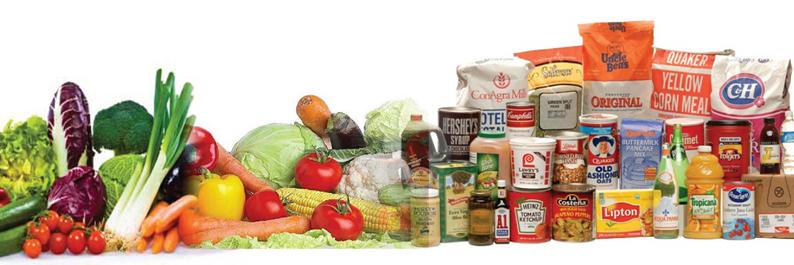Food and non-alcoholic beverages recorded an average inflation rate of 11.2 percent in September 2020, as against the 11.4 percent recorded in August 2020
This represents a marginal decline of 0.2 percentage points.
This was captured in a statement released by the Ghana Statistical Service on October 14, 2020.
Local goods recorded a higher annual inflation rate of 12.3 percent as compared to imported goods, which recorded 5.1 percent inflation. For month-on-month inflation, whereas imported goods recorded 0.4 percent, inflation for local goods was negative 0.5 percent.
“Difference between locally produced items (12.3%) and imported items (5.1%) was 7.2%”.
“The main contributor to negative local inflation was the inflation of locally produced foods”.
The Ghana Statistical Service reported that food and non-alcoholic beverages contributed to up to 47.6 percent of overall inflation, which was followed behind by housing with 20.7 percent and then transports with 10.1 percent, according to the chart presented by the Service as the composition of year-on-year inflation in September 2020.
“Food contributed 47.6% to the total inflation and thus is still the predominant driver of year-on-year inflation. This percentage is, again, lower than the previous months and comparable to the contribution levels of Food to total inflation prior to COVID-19”.

In their statements, a chart detailing the disaggregation of food inflation broke up various food products into subclasses and determined their contributions to inflation thereof. This division into subclasses saw vegetables at the very top of the chart, coming in with annual inflation of 18.9 percent. Next after vegetables was tea, which came in at 14.1 percent. Fish and other seafood were not far behind, coming in closely at 13.7 percent and then ready-made food with 12.1 percent. At the bottom of the chart was water, which came to bear at negative 0.8 percent.
Also, the estimation of month-on-month inflation by the Ghana Statistical Service saw Food inflation contributing negatively with an average of 0.5 percent. Consequently, this affected the overall month-on-month inflation pegging it at negative 0.2 percent.
“The month-on-month inflation rate of negative 0.2% indicates that on average prices actually decreased slightly for the second consecutive month. This trend is visible across the different regions and driven by negative Food inflation.”
The statement of the Ghana Statistical Service further asserted that in terms of regional food inflation, 3 out of the 16 regions, that is, the Ashanti Region, the Western Region, and the Eastern Region recorded inflation rates of 19.5, 14.9, and 12.4 percent respectively, each of them thus exceeding the national average of 11.2 percent. The Upper West region, on the other hand, fell far below this marker, recording the lowest year-on-year food inflation rate of 0.8 percent.
A contrast was drawn between food and non-food inflation as the statement revealed that there was a difference of 1.4 percentage points between the two rates with food inflation recorded being higher than inflation for non-food products.
“Variation between Food (11.2%) and Non-Food inflation (9.8%) was 1.4%”.
The general deductions made from the charts and figures provided by the Ghana Statistical Service appear to be that food has undoubtedly been the main source of inflation in the Ghanaian economy for the year under review.





















